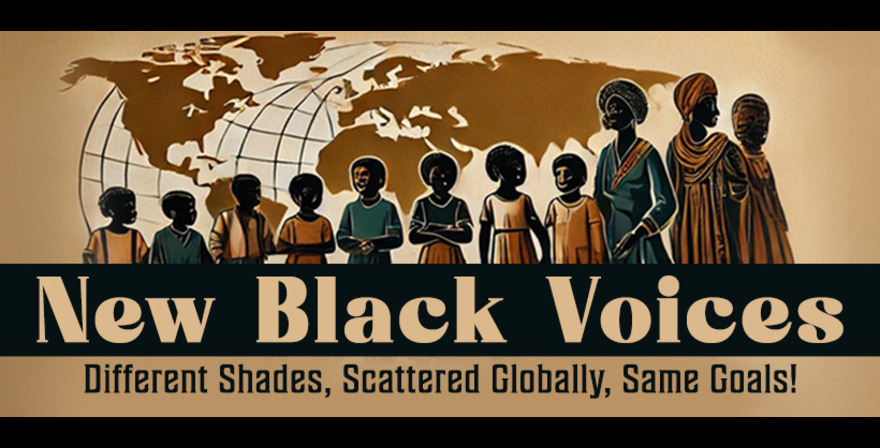By Chris Tobias
In New York City, alternative high schools were created as a second chance for students who struggled in traditional settings—whether due to academic difficulties, personal hardships, or unstable home lives. However, today, many NYC alternative high schools are failing to fulfill their mission, leaving vulnerable students even more disconnected from meaningful futures. Most of these young adults come from single-parent households, usually living with their mothers or grandmothers, and face significant barriers that the current system is not addressing effectively.
If we want to truly change outcomes, we need to rethink what education success looks like, shift toward trade skill development, expand college opportunities outside NYC, and build deep, lasting support systems that reflect the realities these young adults face.
Why NYC Alternative High Schools Are Falling Short
Several systemic issues contribute to the failure of NYC’s alternative education system:
- Low Academic Expectations
Many alternative schools have watered down curricula that fail to prepare students for real-world challenges. Instead of high academic rigor paired with targeted support, students are often pushed through with minimal standards just to boost graduation rates. This does little to equip them for jobs, college, or independent adulthood.
- Lack of Relevant Career Preparation
Most alternative schools focus narrowly on meeting basic diploma requirements. Few offer real preparation for high-demand trades or industries. Without hands-on job skills, students often graduate with a diploma—but no real pathway to economic independence.
- Emotional and Mental Health Neglect
Students in alternative schools often carry the weight of trauma, poverty, violence, and unstable home lives. Yet, these schools are chronically underfunded for mental health services. Without proper counseling, mentorship, and emotional support, academic efforts alone fall flat.
- Overburdened, Underpaid Staff
Teachers and counselors in alternative schools are often stretched thin. High staff turnover, burnout, and limited professional development resources make it hard to create the stable, nurturing environments that disconnected youth need.
- Bureaucratic Red Tape and Funding Gaps
Alternative schools are frequently the last in line for funding, technology upgrades, and innovative programs. Outdated facilities, limited extracurricular activities, and red tape discourage meaningful reform.
Should Trade Skills Be the Primary Focus?
Absolutely.
For many students in NYC alternative high schools, pursuing a four-year academic college path is neither desirable nor realistic immediately after high school. What they need are marketable skills that can provide real income and career advancement opportunities.
Benefits of a Trade-Focused Curriculum:
- Faster Entry Into the Workforce: Training in areas like plumbing, electrical work, coding, culinary arts, healthcare tech, or construction can lead to good-paying jobs without the crushing burden of student debt.
- Hands-on Learning: Many alternative school students thrive in experiential learning environments where they can see the practical outcomes of their efforts.
- Immediate Economic Empowerment: Skill-based education directly combats generational poverty, offering young adults a way to support themselves and their families.
Trade certifications and apprenticeships should be embedded into alternative high school curricula, with partnerships with unions, local businesses, and trade schools.
Should Colleges Outside NYC Be Encouraged?
Yes, and here’s why:
Staying in NYC after graduation often means remaining stuck in the same environments that contributed to students’ struggles. Encouraging attendance at community colleges or universities outside of NYC offers a powerful opportunity:
- Exposure to New Environments: Moving outside of NYC allows young adults to experience different social, cultural, and educational atmospheres—often healthier ones.
- Fewer Distractions: A new environment can distance students from negative influences, such as gangs, toxic relationships, and neighborhood violence.
- Increased Campus Support: Many small-town or suburban colleges offer stronger support networks for first-generation, low-income, and minority students.
However, this strategy must be supported with scholarships, housing assistance, and mentorship programs to ensure that students do not feel isolated or overwhelmed.
How Can We Help These Young Adults in a Meaningful Way?
If we are serious about changing outcomes for young adults in alternative schools—especially those raised by single mothers and grandmothers—we must do more than offer watered-down diplomas. We need to build a community of sustained, practical support that matches their real-life needs.
- Stronger Mentorship Programs
Young people need mentors who look like them, understand their challenges, and can model success. Alumni from similar backgrounds, community leaders, and professionals from trades and industries should be recruited to mentor students from 9th grade onward.
- Financial Literacy and Independence Training
Students need education about:
- Budgeting
- Saving
- Credit scores
- Renting apartments
- Managing healthcare
Building real-life skills early helps them navigate adulthood without falling into cycles of poverty or legal trouble.
- Family Support Services
Supporting single mothers and grandmothers is key. Offering:
- Parent education programs
- Legal aid
- Employment assistance
- Counseling
- Transportation assistance
This can stabilize the home environment, making it easier for students to focus on education.
- On-Campus Mental Health Services
Every alternative high school should have licensed mental health counselors, social workers, and trauma-informed practices integrated into everyday learning environments. Therapy should be normalized, not stigmatized.
- Career Pathways Counseling Starting Early
Instead of waiting until senior year, career planning should start in 9th grade. Students should know:
- The real earnings potential of various careers
- The educational steps required
- The pros and cons of each path
Real-world exposure through job shadowing, internships, and workplace tours can bridge the gap between education and employment.
Conclusion
NYC’s alternative high schools are failing too many young adults—not because the students are unmotivated, but because the system is misaligned with their realities. A shift toward trades, expansion of college opportunities outside NYC, deep mentorship, family support, and mental health resources are urgently needed. If we want young adults from single-parent and grandparent-led households to thrive, we must build an education system that sees them not as problems to manage, but as futures to nurture.
